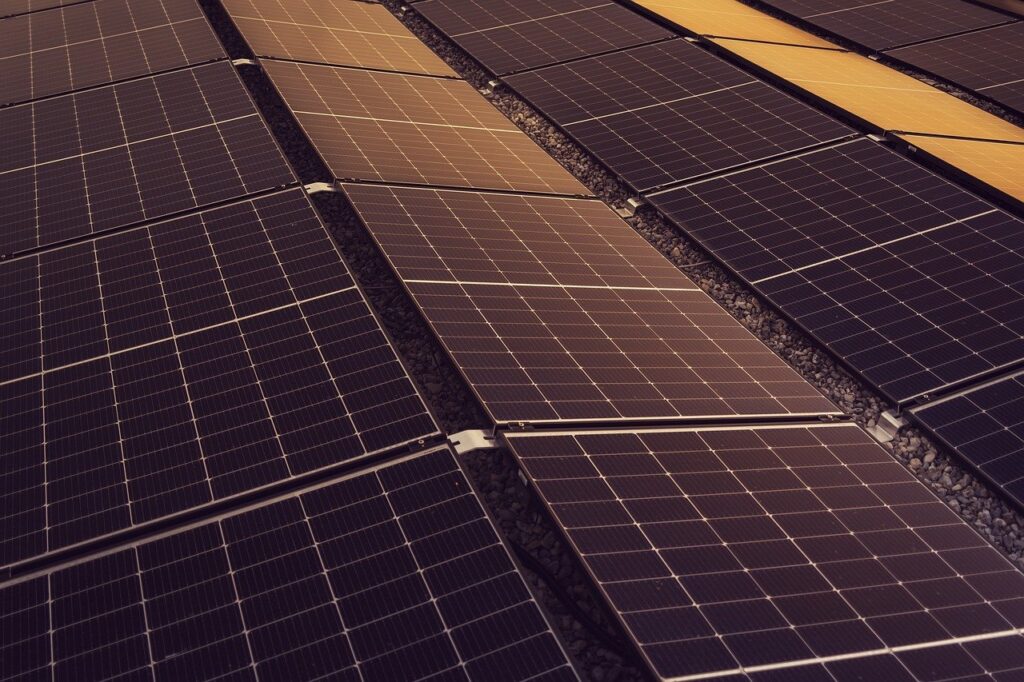Part 1 – Introduction to TNUoS and ITPEnergised unique modelling approach
Part 2 – Optimising Transmission Connected Colocation Projects and the impact of TNUoS
Part 3 – Optimising Transmission Connected Colocation Projects and TNUoS Connection and Use of System Code (CUSC) Modification Proposals (CMPs)
Part 4 – Colocation TNUoS versus Standalone technology TNUoS – Scottish Site Example
Part 5 – Colocation TNUoS versus Standalone technology TNUoS – 100MW Technology Units
Part 2 Optimising Transmission Connected Colocation Projects and the impact of TNUoS
Context
There is increased investment appetite for battery storage in both standalone and in colocation configurations. In colocation battery storage can be included with one or more renewable generators – solar PV, wind or both and/or thermal generators alongside other new energy frontier technologies such as green hydrogen, EV (Electric Vehicles) charging and industrial scale heat pumps to name a few.
The mainstream colocation configurations are solar PV and battery storage and wind and battery storage where the addition of the battery enables the potential to capture a more diverse revenue stream as an upside to the base case techno-economics of a solar PV or wind farm alone. It also acts as a downside mitigant and physical hedge against solar PV/ wind/ or both cannibalising the wholesale power price when there is a surplus of renewable energy compared to demand; giving an ability to time shift generation and therefore mitigate value erosion for colocation projects with merchant exposure and / or uncontracted revenue streams. Investors are becoming more comfortable with this form of merchant form of revenue stack as increasing intermittency from renewable generators drives an equivalent and exponentially increasing rise in the services that are then needed to balance our legacy power grid design that dates back to the late 1800s The Balancing Mechanism, for example, was valued at c £1b in 2019 but this rose to c £4b in 2022. In the space of 4 years this is a 4X rise and rising.
Colocation benefits can include controlled release of energy onto the network to satisfy peak demands, power quality adjustments and more effective utilisation of available network capacity/delaying grid reinforcements.
Transmission Connected Colocated Projects
Transmission voltage connected colocation projects are on the rise. These mega-colocation projects may take advantage of incumbent grid connections previously used for large gas or coal fired power plant or look to solve for anticipated surges technically and commercially in intermittent renewable energy capacity such as ScotWind and other schemes that have a known timetable and jurisdiction. Larger scale at the project and portfolio level means more likely interest from EPC contractors. Economies of scale and scope may be unlocked. From a grid operator perspective, a larger project acts as a larger “silver bullet” to balance and stabilise the power grid regionally. Furthermore, in a world of limited transmission transportation capacity, colocation utilising storage allows a controlled release of energy onto the network that grid may be better able to cope with.
There is another advantage which is that the TNUoS charge may reduce and sometimes become an income stream for colocation projects compared to their equivalent projects on a standalone basis. However, when considering TNUoS, combining technologies at site is likely to increase the site level Annual Load Factor (ALF) since the connection can be utilised more of the time. An increase in ALF will increase the proportion of the Year-Round element applied to the site’s TNUoS tariff.
You can download a PDF of Part 2 here.
Please contact George Douthwaite at george.douthwaite@itpenergised.com for more information on the TNUoS tariff prediction service, Peter Lo at peter.lo@itpenergised.com for portfolio and colocation sizing optimisation and Eleni Stavroulia at eleni.stavroulia@itpenergised.com for GIS services.

